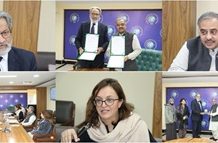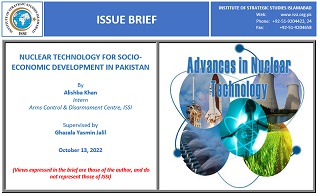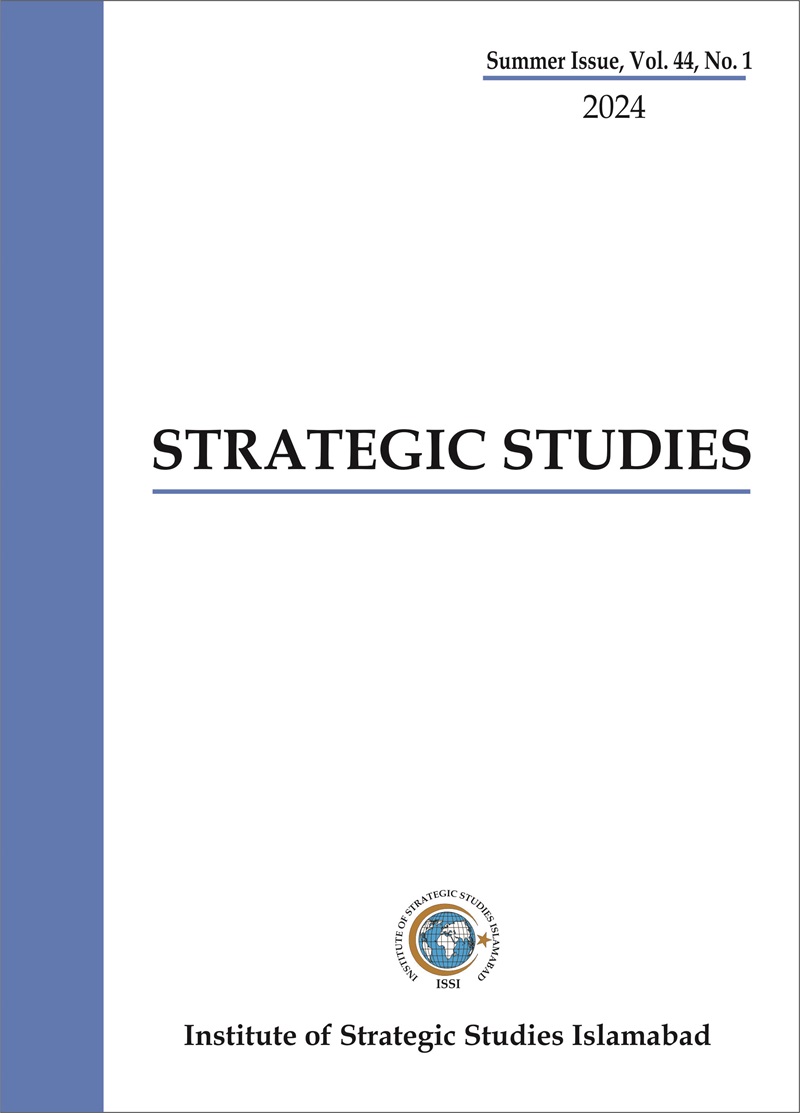Nuclear technology brings military terms to mind and triggers a feeling of fear but it can stimulate hope as well because the peaceful uses of nuclear technology have been facilitating the lives of people for decades.[1] Pakistan has a noteworthy history of using nuclear technology for peaceful purposes. Nuclear technology is playing an important role in the development of socio-economic growth of Pakistan besides usage in agriculture, medicine, energy, textile and many other sectors.[2] For instance, nuclear energy is an effective, environment-friendly alternative and Pakistan is increasingly relying on it, which shows the national determination and devotion toward the effective implementation of a peaceful nuclear programme. Pakistan is ambitious about increasing the usage of nuclear energy and is currently expanding its infrastructural capabilities to fulfil those goals. For this, the government aims to invest more in research and development programmes under the Nuclear Energy Vision-2050.[3] The Karachi Coastal Power Project is part of this programme that aspires to produce 40,000 MW of electric power by 2050.[4]
Pakistan established the Atomic Energy Commission (PAEC) in 1956 for the peaceful usage of nuclear technology.[5] The PAEC, with the help of a Canadian firm, established its first nuclear power plant during the 1960s called Karachi Nuclear Power Plant (KANUPP) and Pakistan became one of the few countries that were generating electricity by using nuclear reactors.[6] Regardless of many restrictions and embargos, Pakistan established four nuclear power plants at Chashma – Chashma Nuclear Power Plant (CHASNUPP), CHASNUPP 1, CHASNUPP 2, CHASNUPP 3 and CHASNUPP 4, which collectively are producing 1228 MWe of electricity.[7] Besides this, Pakistan also has two more nuclear power plants operational in Karachi – K2 and K3. These plants now have the collective capacity to generate 3,256 MW of electricity.[8]















